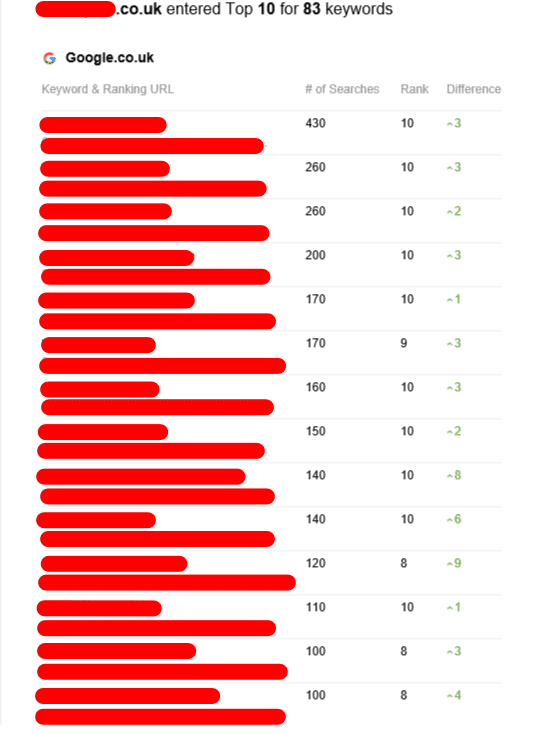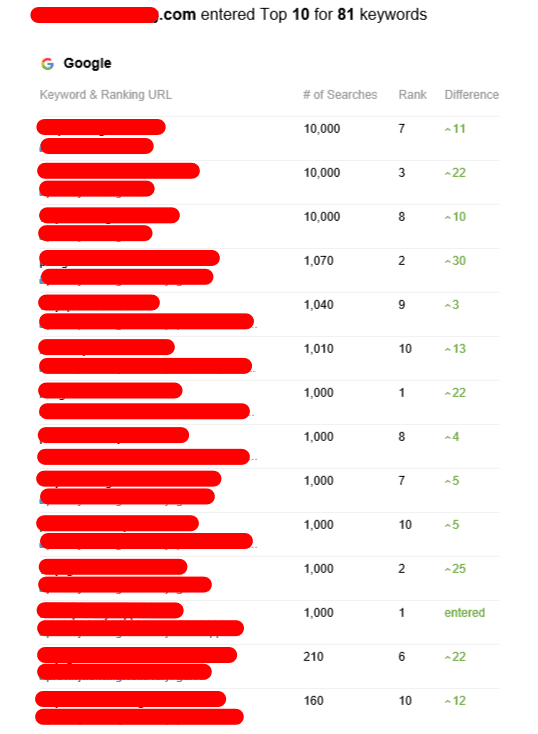© 2020 Cofounderslink.com - All Rights Reserved.
In today’s digital landscape, online conversions are crucial for businesses aiming to succeed. Whether a business’s goal is to sell products, capture leads, or generate sign-ups, understanding how to optimize the online journey is vital. This article delves into the intricacies of online conversions, providing insights, strategies, and best practices to enhance your digital marketing efforts.
Online conversion refers to the process of turning visitors into customers or leads through desired actions. This may include purchasing a product, subscribing to a newsletter, filling out a contact form, or downloading an app. The conversion rate is a key performance indicator (KPI) for businesses, representing the percentage of users who complete these desired actions.
Understanding the significance of online conversions is essential for any business navigating the digital marketplace. Here are several reasons why online conversions are critical:
Various factors can impact online conversions, including:
Businesses looking to enhance their online conversion rates should consider the following strategies:
Landing pages are crucial in the conversion process. Businesses should focus on:
A/B testing, or split testing, involves comparing two versions of a webpage to determine which performs better. Key areas to test include:
Showcasing testimonials, star ratings, or case studies can build trust with prospective customers. Social proof reassures users about the quality of your products or services.
With an increasing number of users accessing websites via mobile devices, it’s essential that businesses:
Implementing retargeting campaigns can help recapture visitors who didn’t convert during their initial visit. These campaigns remind users of products they viewed, encouraging them to return and make a purchase.
Utilizing analytics tools can provide invaluable insights into user behavior and conversion performance. Key metrics to monitor include:
Implementing changes based on these metrics can lead to improved conversion rates.
Q1: What is a good conversion rate?
A1: The average conversion rate across industries tends to hover between 2-5%. However, this can vary significantly depending on the type of business, product, and target audience.Q2: How can I calculate my conversion rates?
A2: The conversion rate can be calculated using the formula:
Conversion Rate = (Total Conversions / Total Visitors) x 100Q3: What are common mistakes to avoid when optimizing for conversions?
A3: Common mistakes include neglecting mobile optimization, overwhelming users with too much information, and having unclear CTAs.Q4: How often should I review my conversion strategies?
A4: Regularly reviewing your strategies, ideally on a monthly basis, will help you adapt to changing user behaviors and market conditions.Optimizing online conversions is an ongoing process that demands a combination of strategic insight, user experience considerations, and continuous testing. By adhering to the strategies outlined above, businesses can improve their chances of successfully converting web visitors into loyal customers. Whether it involves enhancing landing pages, leveraging analytics, or adopting innovative digital marketing techniques, a focused approach to online conversions can drive business growth and success in the digital realm.
StrategyDescriptionOptimize Landing PagesFocus on messaging, CTAs, and visuals.A/B TestingExperiment with different designs and messaging.Use Social ProofLeverage testimonials and reviews to build trust.Enhance Mobile ExperienceEnsure mobile users have a seamless experience.Retargeting CampaignsRe-engage users who didn’t convert on their first visit.By implementing a consistent and thoughtful approach to conversions, businesses can not only boost their bottom line but also create an engaging online experience that encourages user loyalty and advocacy.
Please login or Register to submit your answer
